Ferrets are intelligent, energetic creatures that require mental stimulation and physical activity to maintain their health and happiness. Creating a well-designed play area for your ferret not only satisfies their natural instincts but also strengthens the bond between you and your furry friend. A thoughtfully designed ferret playground provides enrichment, prevents boredom-related behaviors, and offers a safe environment for your pet to explore. Whether you’re a new ferret owner or looking to upgrade your current setup, this comprehensive guide will walk you through creating the perfect play paradise for your curious companion.
Understanding Ferret Behavior and Play Needs
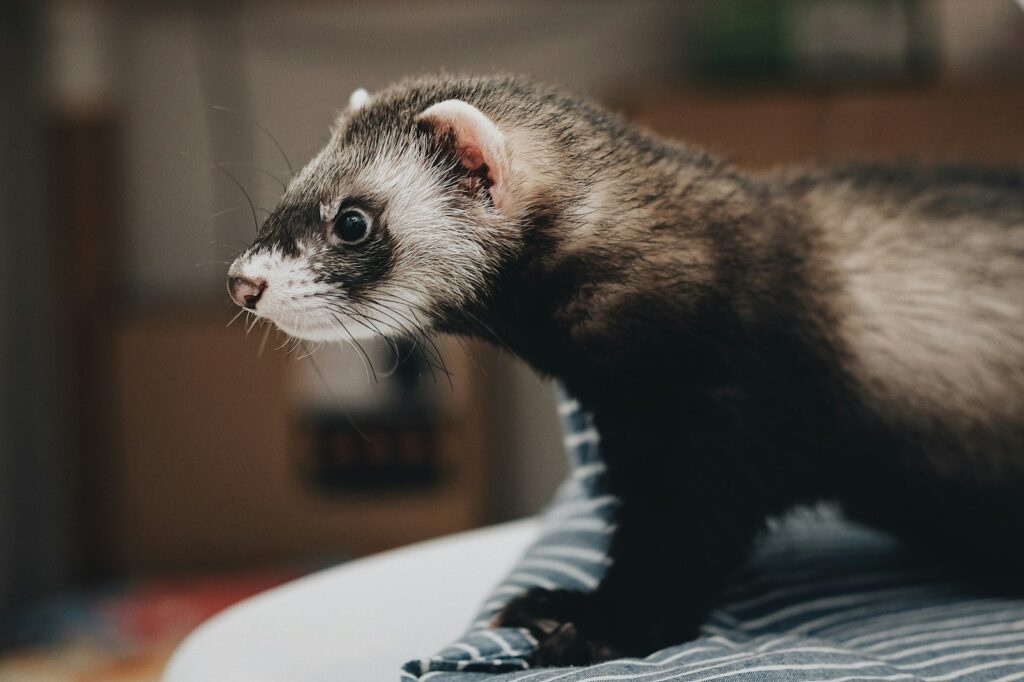
Before designing a play area, it’s crucial to understand how ferrets naturally behave and what stimulates them. Ferrets are curious, intelligent animals with bodies designed for tunneling and exploring tight spaces. They possess boundless energy and typically engage in short bursts of intense activity followed by periods of deep sleep. In the wild, ferrets are natural hunters with strong instincts for digging, hiding, and investigating new environments. These behaviors translate directly to their play preferences, making activities that involve tunneling, chasing, and problem-solving particularly enriching. Recognizing these fundamental needs will help you create a space that truly caters to your ferret’s natural inclinations rather than just looking appealing to human eyes.
Selecting the Perfect Location
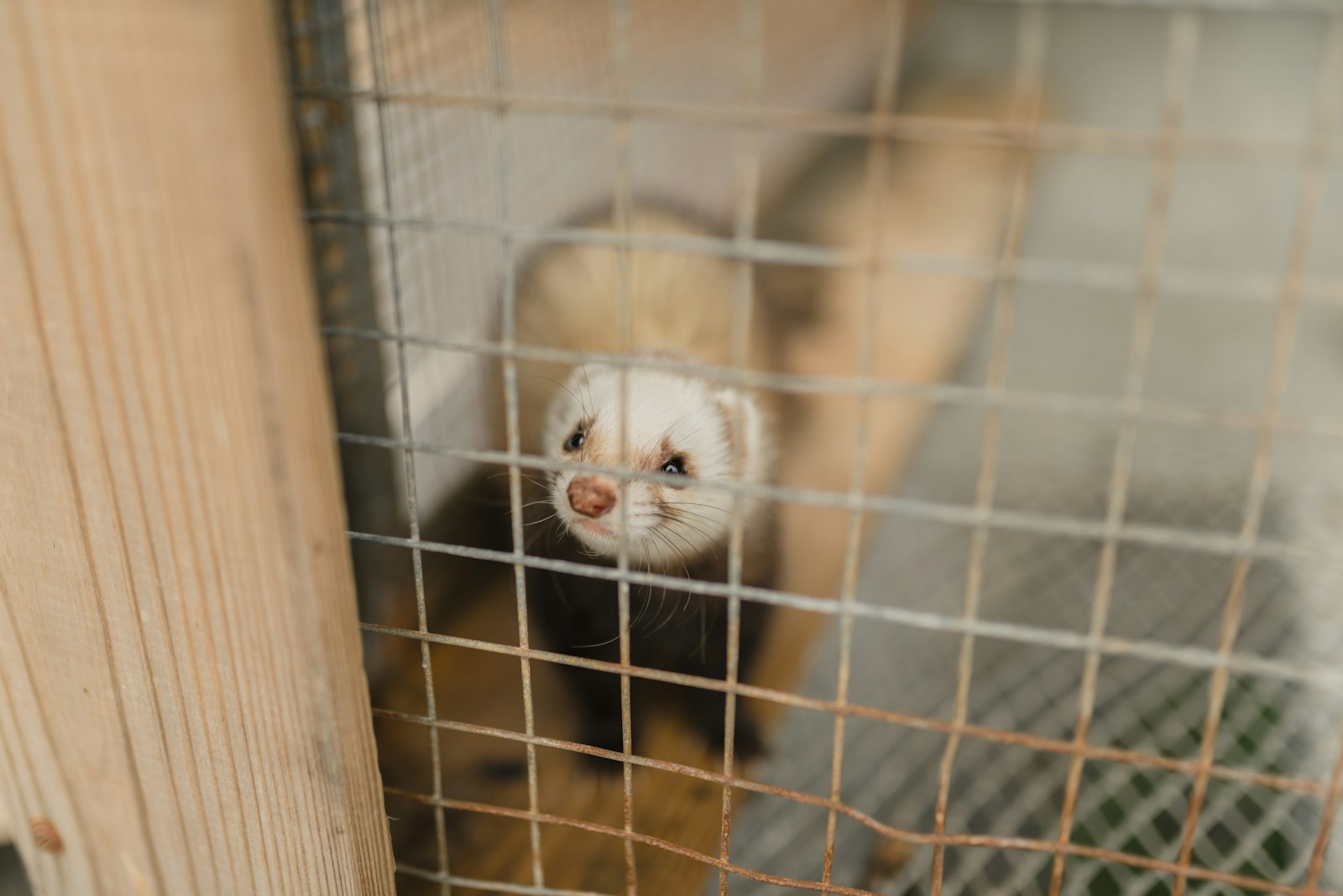
The location of your ferret’s play area significantly impacts their safety and enjoyment. Choose a space that’s easy to ferret-proof, away from dangerous areas like kitchens with hot appliances or rooms with many electrical cords. Temperature control is essential as ferrets are sensitive to heat—the ideal room should maintain 65-75°F (18-24°C) year-round. Consider noise levels too, as extremely loud environments can stress your pet, though they also shouldn’t be isolated from family activity. A spare room, sectioned-off portion of a living room, or even a converted closet can work well as long as it provides adequate ventilation and natural light. Remember that the space should be large enough for your ferret to run and explore but contained enough to maintain safety.
Essential Safety Considerations

Safety must be your primary concern when creating a ferret play area, as these curious creatures can squeeze into extremely small spaces and encounter danger quickly. Remove or secure all electrical cords, which present serious electrocution hazards if chewed. Eliminate access to dangerous plants, household chemicals, and small objects that could be swallowed. Inspect the area for any gaps in floorboards, spaces behind appliances, or furniture with reclining mechanisms where ferrets could become trapped or crushed. Block off any vents, holes in walls, or spaces under doors with mesh barriers specifically designed to contain ferrets. Remember that standard baby-proofing measures often aren’t sufficient for ferrets, who can squeeze through openings as small as one inch in diameter and climb surprisingly well.
Appropriate Flooring Options
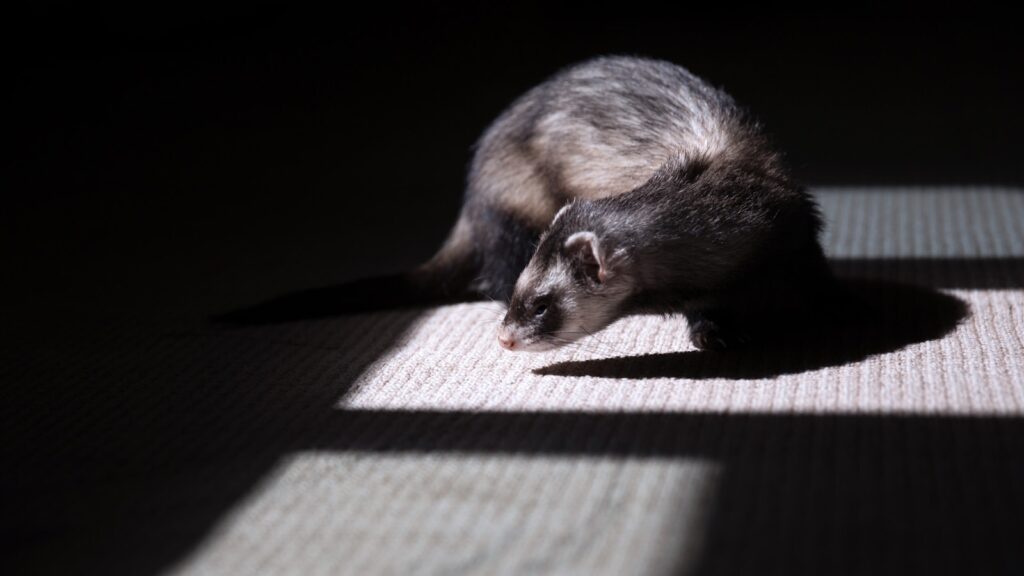
The right flooring provides traction for zooming ferrets while protecting them from injury and making cleanup easier. Avoid carpet in the primary play area, as it absorbs odors and is difficult to sanitize thoroughly when accidents occur. Instead, consider vinyl flooring, linoleum, or sealed hardwood, which offer good traction while being easy to clean and disinfect. For added comfort and enrichment, place washable rugs or designated dig boxes in specific areas to satisfy their natural digging instinct. Some ferret owners use interlocking foam mats, though ensure they’re made of non-toxic materials and monitor for any chewing behavior. Whatever flooring you choose, ensure it’s free from cleaning product residues that could harm your pet when they inevitably lick their paws after playing.
Creating an Engaging Tunnel System
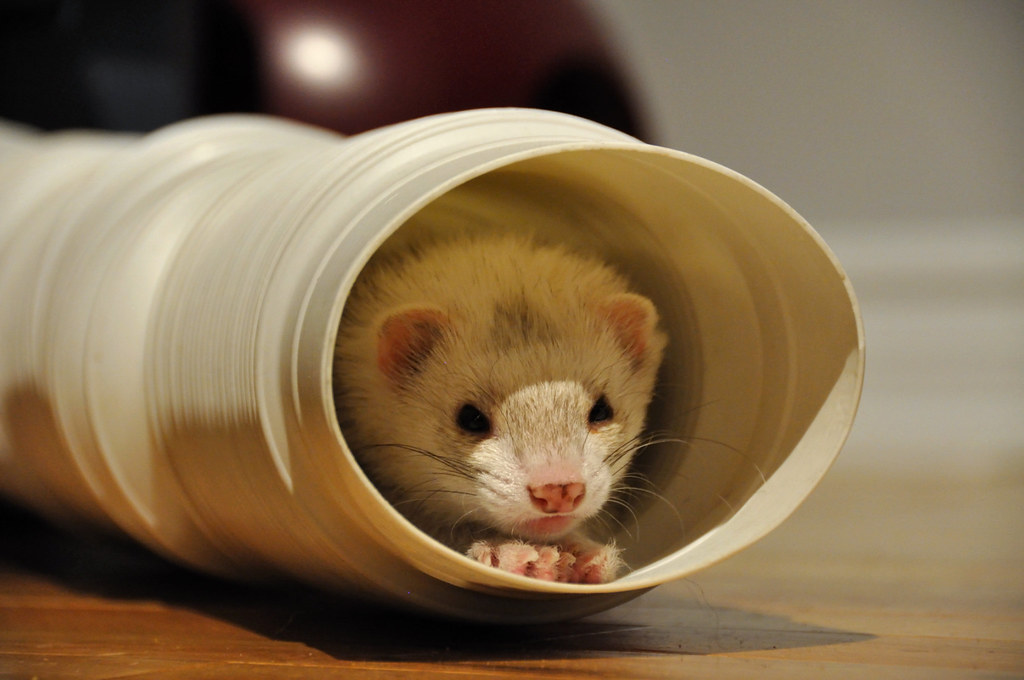
Tunnels are perhaps the most essential element of any ferret play area, mimicking their natural burrowing environment and providing endless entertainment. Commercial ferret tunnels made of plastic, fabric, or dryer hose material work well and come in various configurations that can be rearranged regularly to maintain interest. For budget-friendly options, repurpose cardboard mailing tubes, PVC pipes (4-inch diameter minimum), or even connect multiple paper bags with holes cut in the sides. Create a complex network with multiple entrances and exits, intersections, and hidden chambers for exploration. Ensure all tunnels are large enough for your ferret to move through comfortably and have adequate ventilation, especially in fabric or cardboard options. Regularly inspect tunnels for wear and tear, replacing any damaged sections that could cause injury.
Incorporating Climbing Opportunities

While not as adept as cats, ferrets enjoy climbing and benefit from vertical space in their play areas. Create a multi-level environment using ferret-safe ramps, shelves, and climbing structures that allow for varied movement patterns. Commercial ferret towers or repurposed cat trees with secure platforms provide excellent climbing opportunities, though ensure the height is reasonable (under three feet) to prevent dangerous falls. Secure all climbing structures firmly to prevent tipping, and cover slippery surfaces with non-toxic grip material to prevent slips and falls. Create gentle inclines rather than steep climbs, as ferrets aren’t natural climbers like some other pets. Remember to place soft landing areas beneath all climbing structures as an added safety precaution for your adventurous friend.
Designing Dig Boxes and Sensory Areas

Digging is a fundamental ferret behavior that should be accommodated in any well-designed play area. Create dedicated dig boxes using storage containers filled with child-safe play sand, uncooked rice, packing peanuts (corn-based, biodegradable ones only), or even shredded paper. Each material offers different sensory experiences, engaging your ferret’s natural curiosity and providing mental stimulation. Hide treats or favorite toys within these materials to encourage foraging behavior and problem-solving skills. For added enrichment, consider rotating different textures weekly to provide novel experiences. Ensure dig boxes have sides high enough to contain the materials but low enough for easy entry and exit for your ferret. Position these boxes away from food and water areas to minimize mess and contamination.
Selecting Appropriate Toys

Choosing the right toys is crucial for keeping your ferret mentally stimulated and physically active. Avoid toys with small removable parts, rubber components that can be chewed and swallowed, or items with sharp edges. Instead, opt for specifically designed ferret toys or repurpose safe cat toys that encourage natural behaviors like pouncing, chasing, and carrying. Crinkle tunnels, soft plush toys without plastic eyes or noses, ping pong balls, and specially designed ferret balls with bells inside are excellent choices. Rotate toys regularly to prevent boredom, introducing only a few at a time and swapping them out weekly. Interactive toys that dispense treats or require problem-solving skills are particularly valuable for mental stimulation. Always supervise play with new toys until you’re confident they’re safe for unsupervised use.
Incorporating Water Play Options

While not all ferrets enjoy water, many are natural swimmers and can benefit from supervised water play opportunities. Introduce a shallow water dish or small kiddie pool with just 1-2 inches of lukewarm water as an optional play element. Add floating toys or place marbles at the bottom for your ferret to “fish” out, engaging their problem-solving skills and natural curiosity. Always supervise water play closely, as even shallow water can pose drowning risks if a ferret becomes tired. Provide an easy exit route and limit water play sessions to 5-10 minutes to prevent exhaustion and chilling. Have warm towels ready for drying your pet thoroughly afterward, as wet ferrets can quickly become cold. Remember that water play should always be optional—never force a reluctant ferret into water.
Comfortable Rest Areas
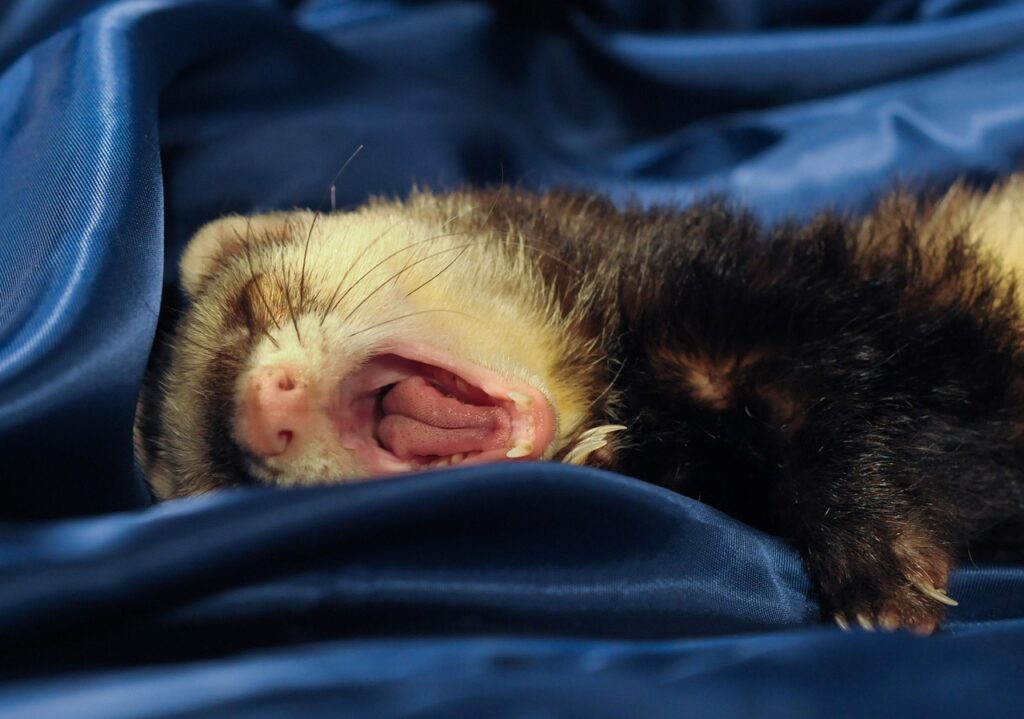
Ferrets play hard but also sleep deeply, typically 14-18 hours per day, making comfortable rest areas essential within the play space. Include several sleep options such as enclosed hammocks, sleep sacks, or cuddle cups made of washable, ferret-safe materials. Position these rest areas away from high-traffic sections of the play area, providing quiet corners where tired ferrets can retreat. Consider incorporating different textures and levels of enclosure to accommodate your ferret’s preferences, which may change with seasons or as they age. Some ferrets prefer completely enclosed spaces that mimic burrows, while others enjoy hammocks with visibility of their surroundings. Keep bedding clean by establishing a regular washing schedule, as clean sleeping areas help maintain your ferret’s overall health and minimize odors.
Maintaining Proper Temperature and Ventilation
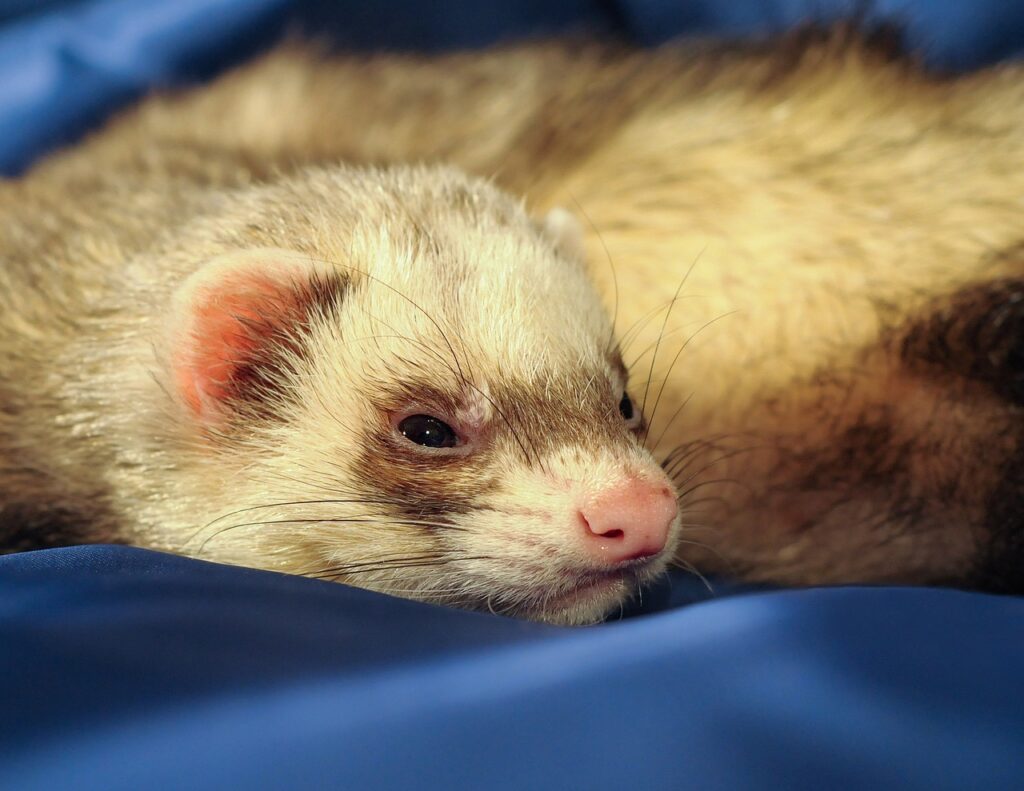
Ferrets are extremely sensitive to temperature extremes and require careful environmental management. Their play area should maintain a consistent temperature between 65-75°F (18-24°C), as temperatures above 80°F (27°C) can quickly lead to heat stroke. Ensure the space has good air circulation while avoiding direct drafts from air conditioners, fans, or open windows. In warmer months, provide cooling options such as ceramic tiles or specially designed cooling mats that ferrets can lie on when needed. During winter, ensure heating is adequate but not excessive, and provide extra bedding material for burrowing and warmth retention. Monitor humidity levels, aiming for 40-70% to support respiratory health and comfort. Remember that a poorly ventilated space can concentrate ammonia from urine, potentially causing respiratory issues for both you and your pet.
Ferret-Proofing Solutions
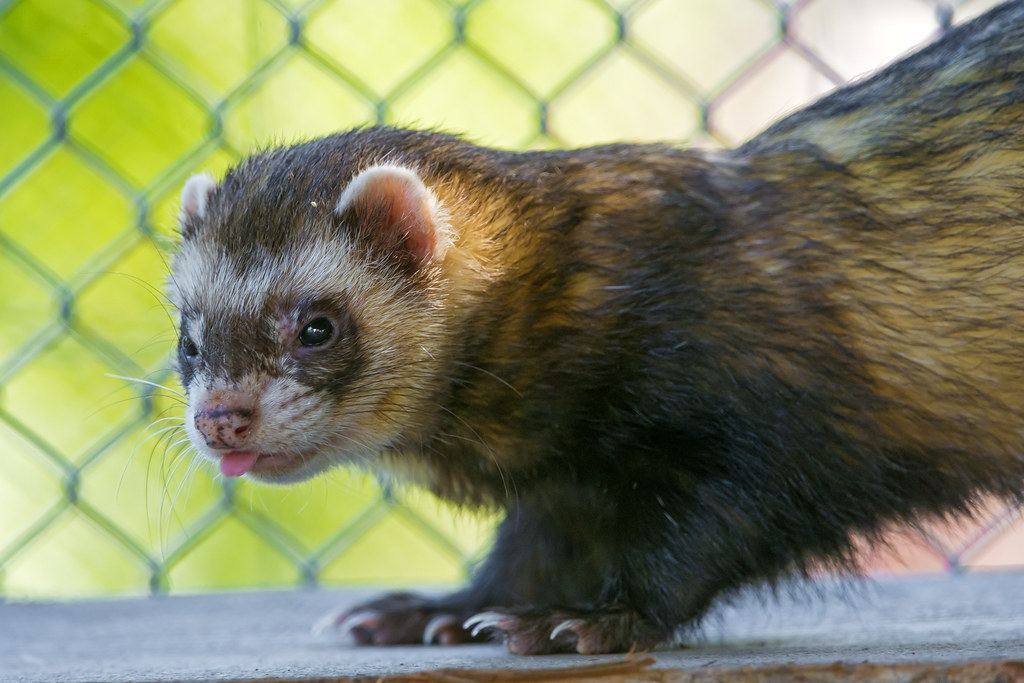
Even within a designated play area, additional ferret-proofing measures are crucial to prevent escapes and accidents. Install clear vinyl barriers or acrylic sheets along the bottom portion of furniture to prevent ferrets from climbing inside and potentially becoming trapped in springs or mechanisms. Secure or remove items with foam padding, which ferrets may tunnel into and ingest. Use childproof latches on cabinets and drawers within reach, as ferrets can open these with surprising dexterity. Cover all floor vents with hardware cloth (not window screening, which they can tear through) securely attached to prevent entry into ductwork. For particularly determined escape artists, consider installing a “airlock” entry system with double doors to prevent dashing out when you enter or exit the play area. Regularly get down to “ferret level” to spot new hazards from their perspective.
Cleaning and Maintenance Schedule
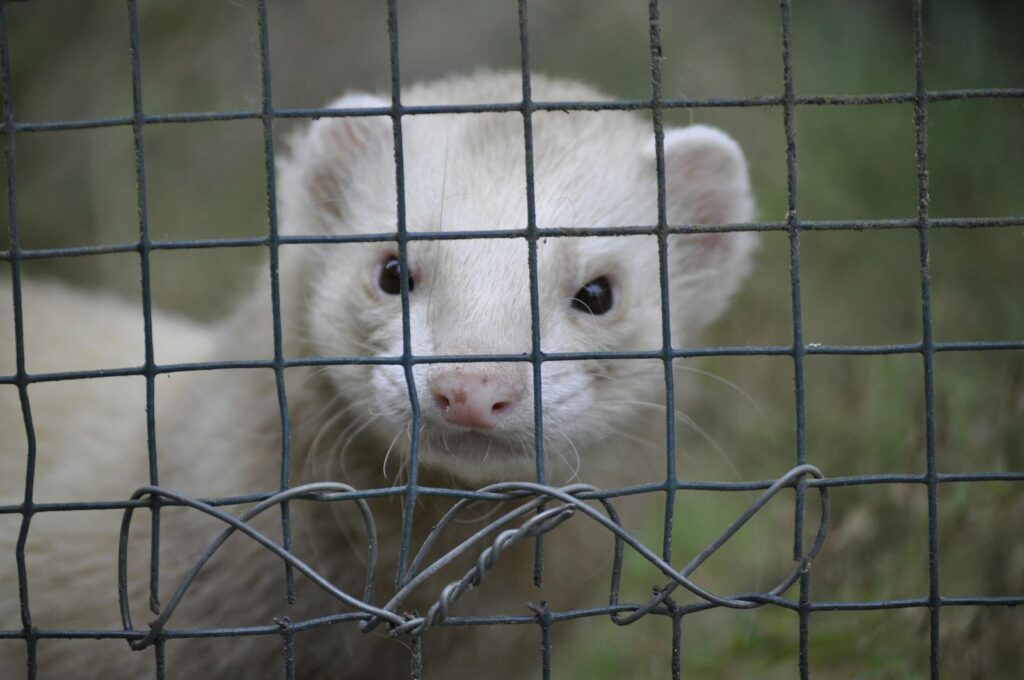
Maintaining a clean play environment is essential for your ferret’s health and to manage the musky odor natural to these animals. Establish a regular cleaning routine that includes daily spot cleaning of litter areas, weekly washing of bedding and fabric toys, and monthly deep cleaning of tunnels and structures. Use ferret-safe cleaning products, avoiding pine or cedar-based cleaners, phenols, and strong chemicals that can harm their sensitive respiratory systems. Instead, opt for enzyme-based cleaners specifically formulated for pet odors or diluted white vinegar solutions followed by thorough rinsing. Clean plastic toys in hot, soapy water or the dishwasher’s top rack, and sanitize non-washable items with pet-safe disinfectant wipes. Remember to completely dry all items before returning them to the play area, as dampness can lead to mold growth and related health issues.
Balancing Variety and Routine
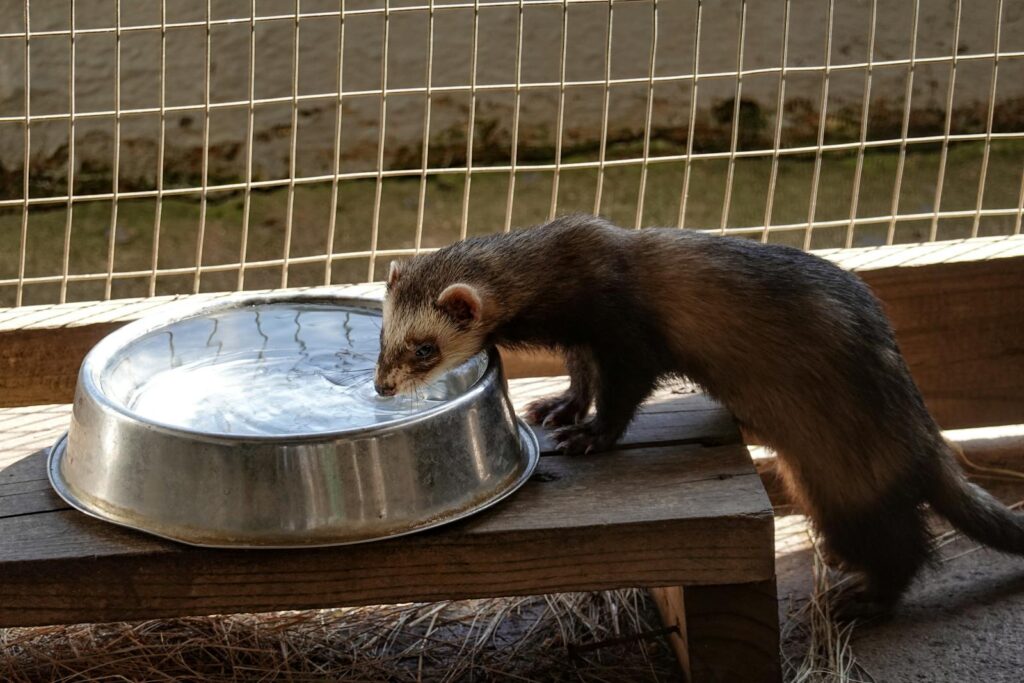
Ferrets thrive with a combination of familiar structure and novel experiences, making it important to balance consistency with variety in their play environment. Maintain certain elements in fixed positions, such as litter boxes, water stations, and primary sleeping areas, to provide security and routine. However, regularly rearrange tunnels, toys, and climbing structures to create new challenges and prevent boredom. Introduce new toys or play experiences on a rotating schedule rather than all at once, allowing your ferret to fully explore each addition. Consider creating themed setups that you rotate monthly, such as a digging month with extra dig boxes or a tunnel month with expanded tunnel systems. This approach maintains interest while providing the security of familiar elements, striking the perfect balance for your ferret’s physical and mental wellbeing.
Supervised Play and Interaction

While creating an independent play area is valuable, direct interaction with you remains one of the most enriching experiences for your ferret. Schedule at least 30-60 minutes of supervised, interactive play daily, during your ferret’s active periods (typically dawn and dusk). Engage in games like gentle wrestling with your hands (wearing thin gloves if needed), dragging toys on strings for chasing, or playing “ferret in the middle” where you roll a ball between family members while your ferret attempts to intercept it. These interactions strengthen your bond, provide exercise, and allow you to monitor your pet’s health and behavior changes. Use this time to practice basic training cues and handling, which builds trust and makes future veterinary visits less stressful. Remember that your participation is an essential component of the “perfect” play area, as no environmental enrichment fully replaces human interaction.
Creating the perfect play area for your ferret combines understanding their natural behaviors, prioritizing safety, and balancing structure with enrichment. The ideal setup evolves with your pet’s changing needs and preferences, requiring ongoing observation and adjustment. By investing time in designing a thoughtful environment that addresses your ferret’s physical, mental, and emotional needs, you’re providing much more than just a place to play—you’re creating a foundation for a healthy, happy life. Remember that the best play area is one that’s regularly used not just by your ferret, but with you as an active participant in their world of discovery and joy.

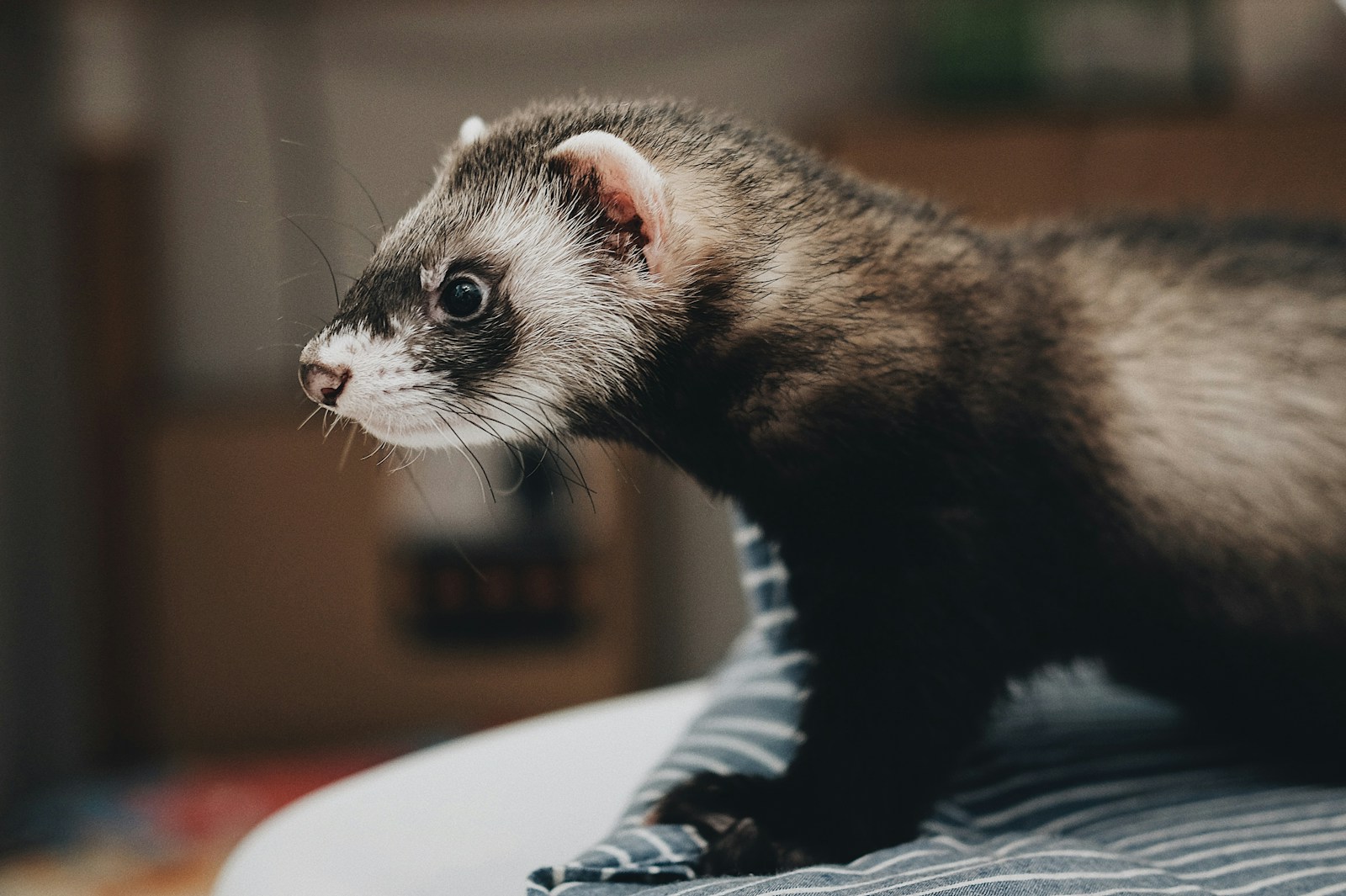
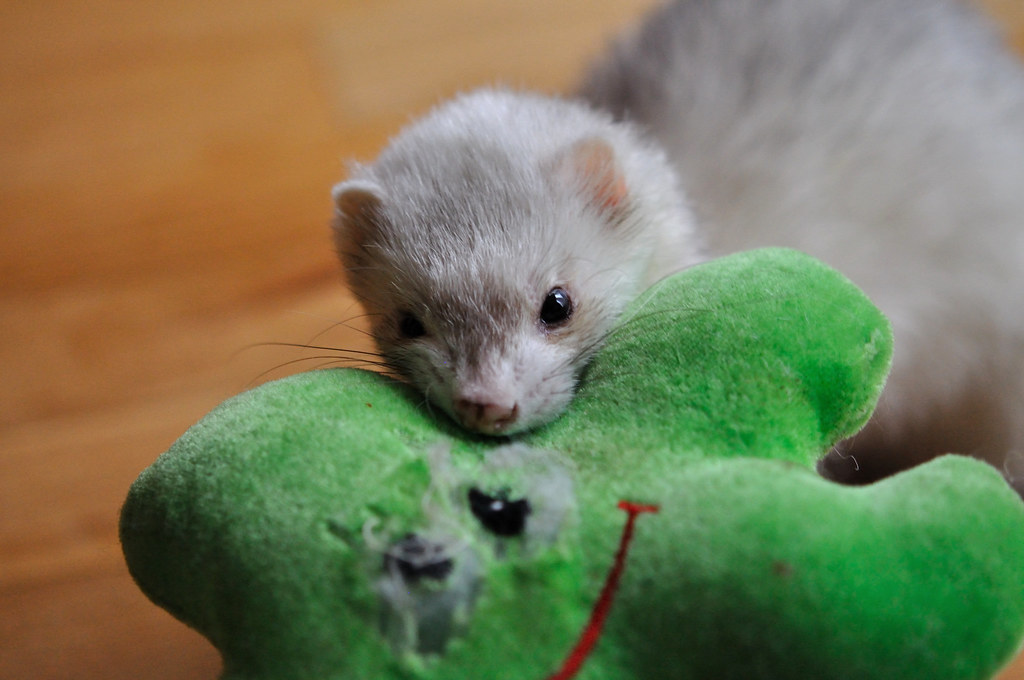
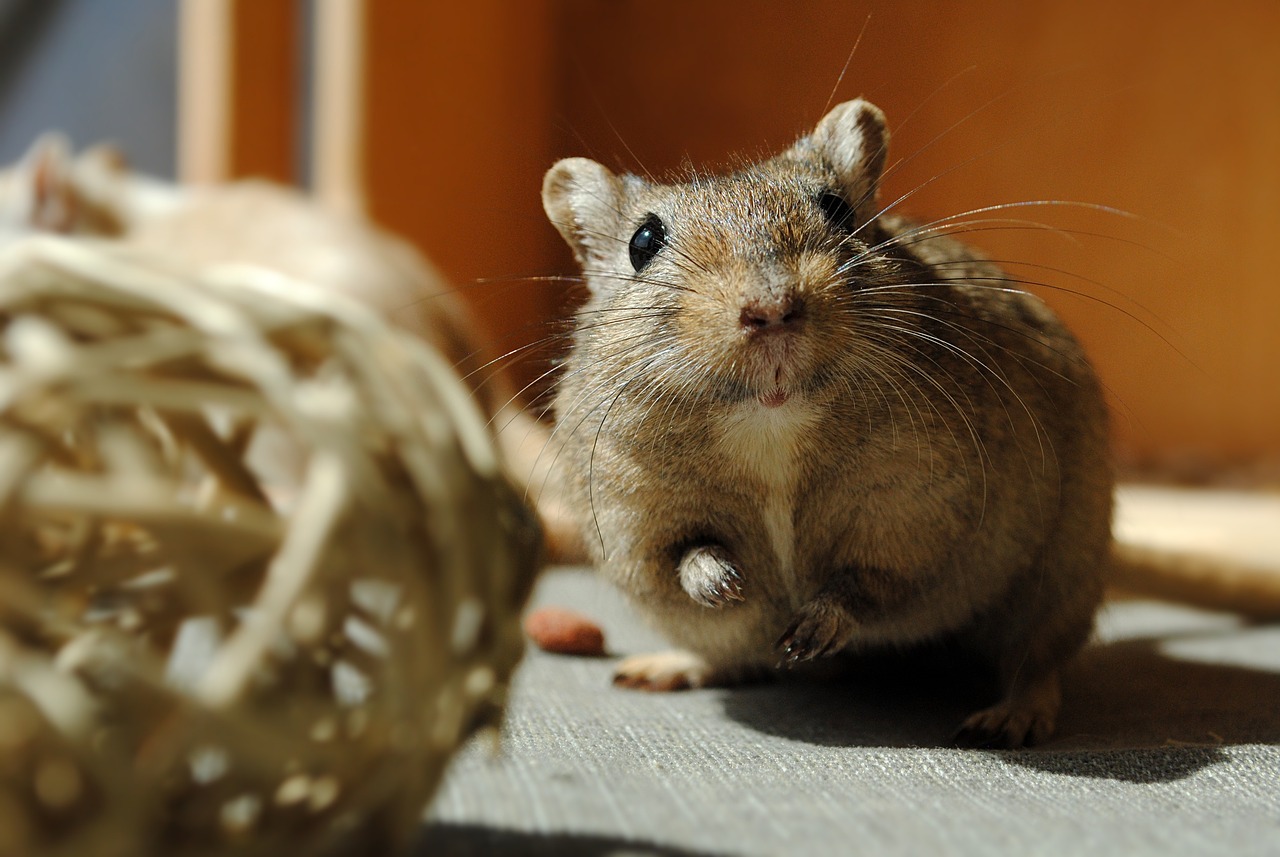

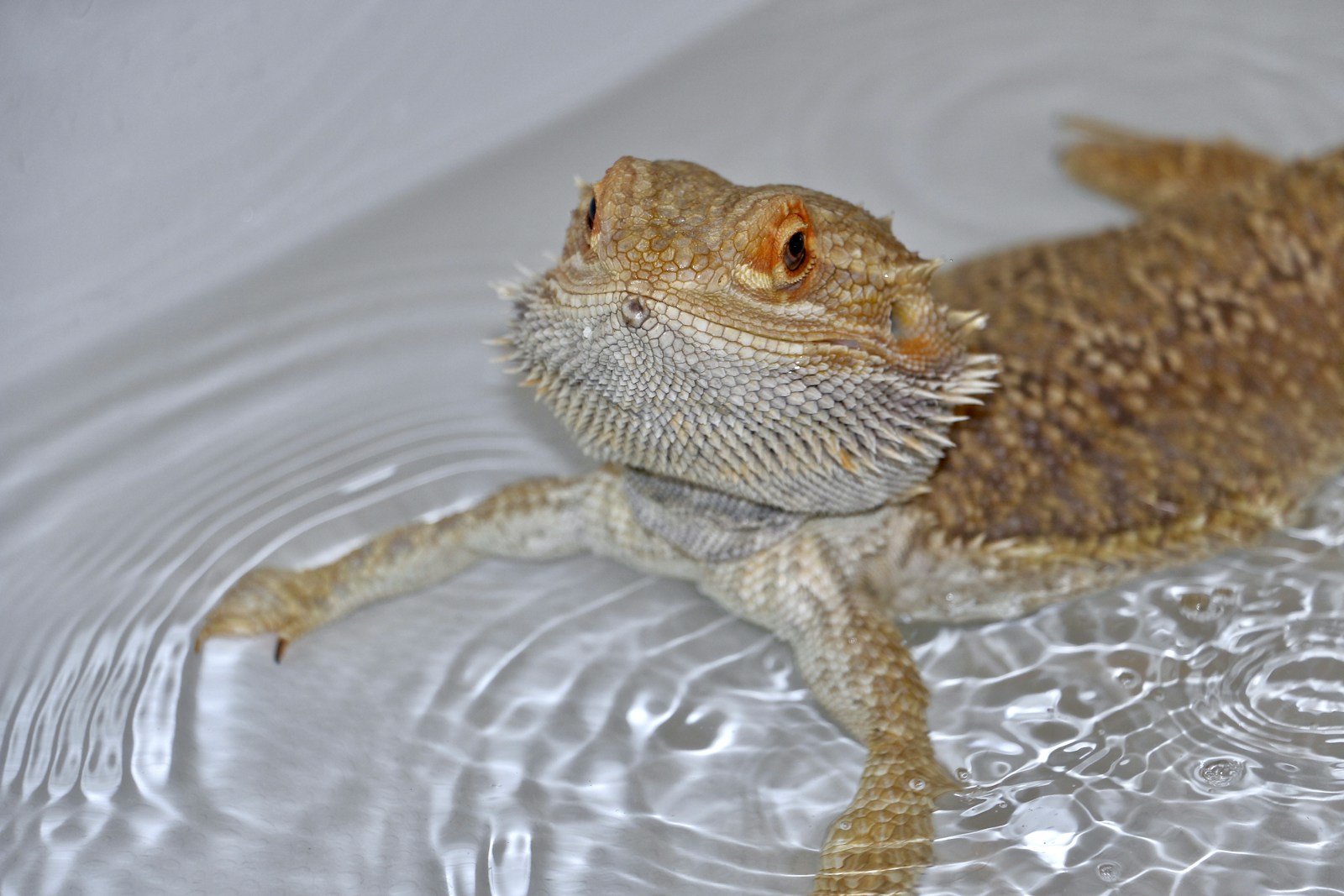

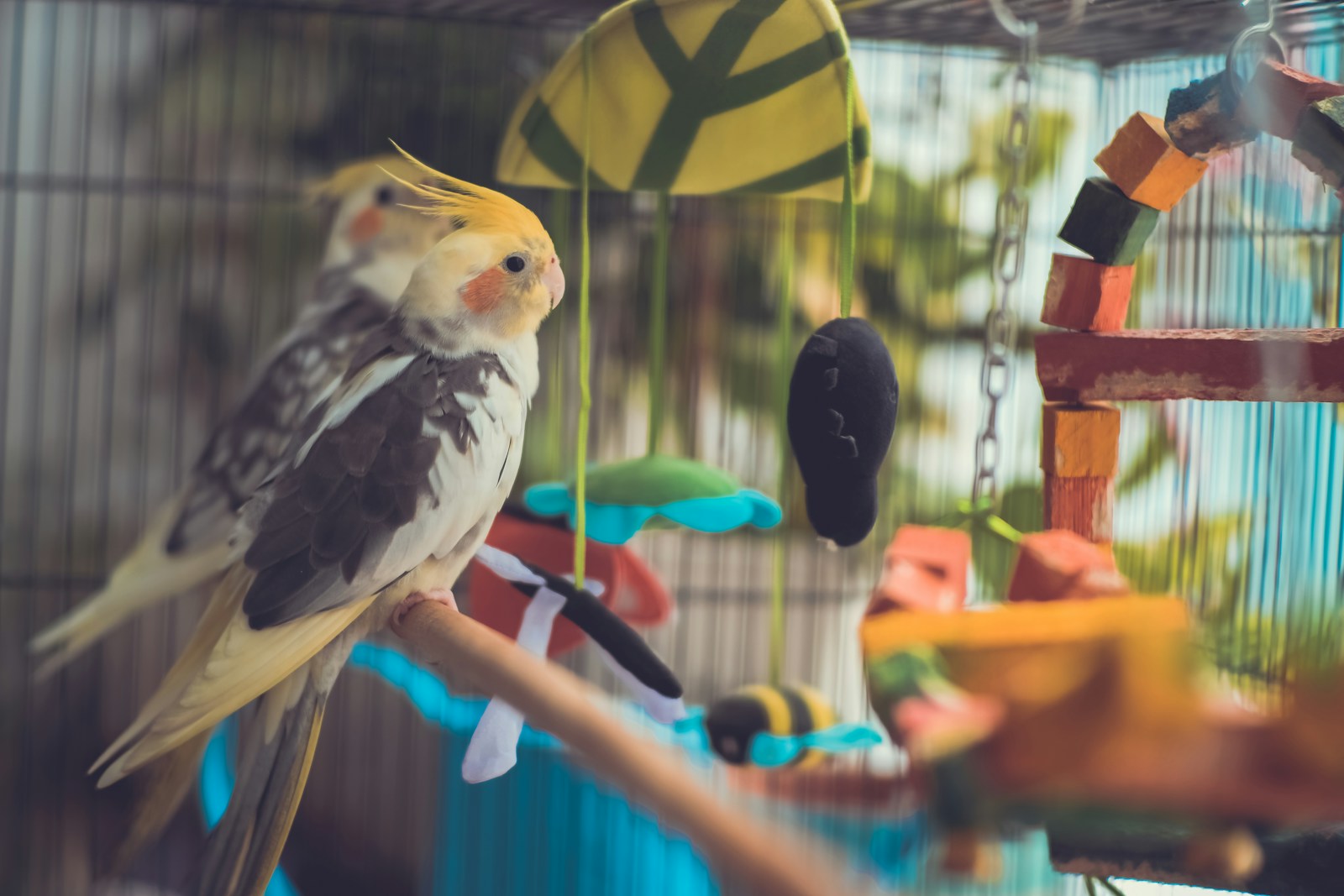
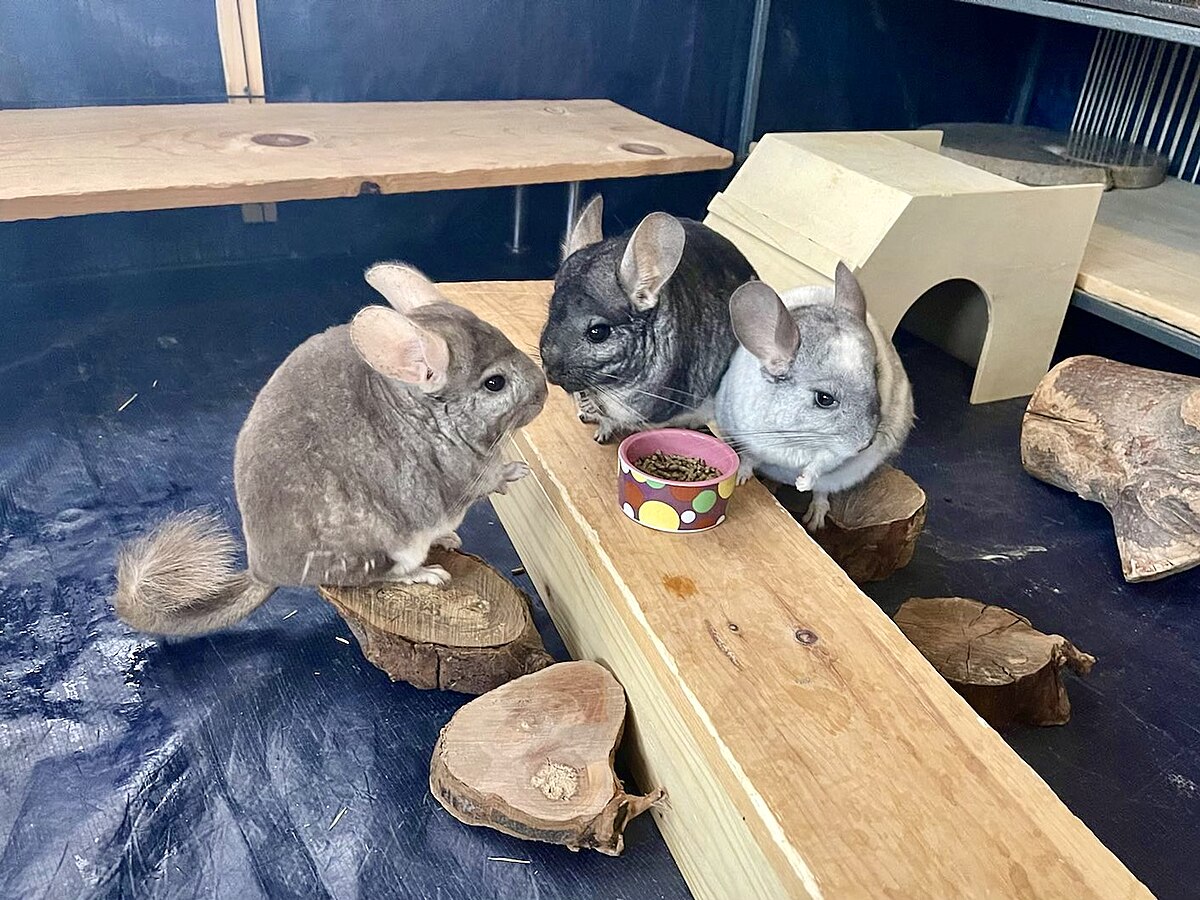

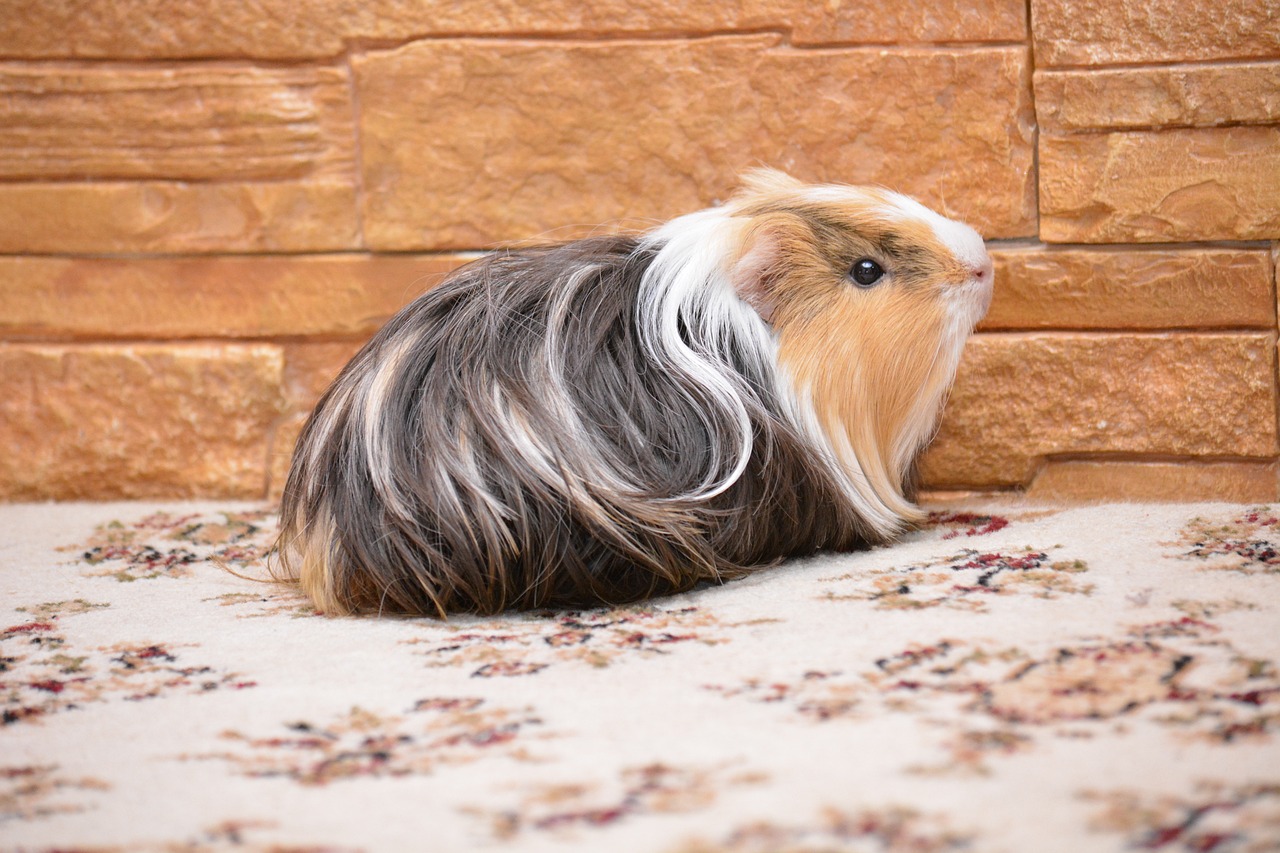
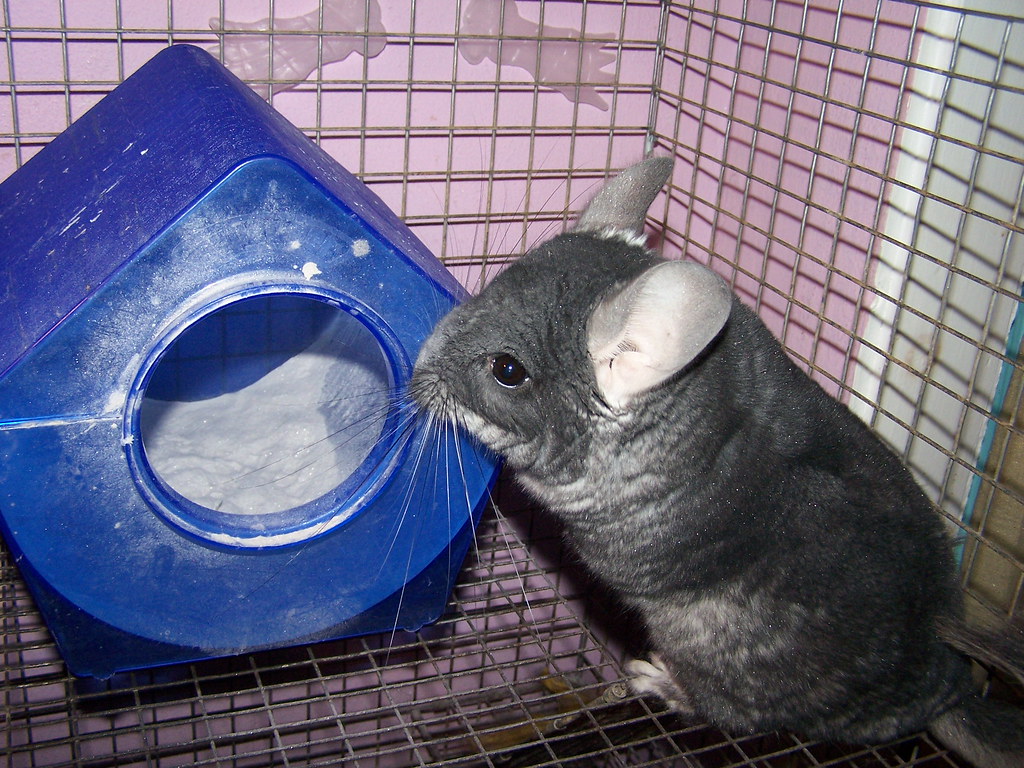




Leave a Reply